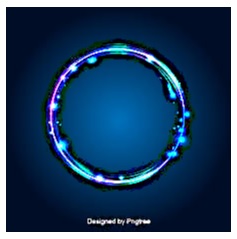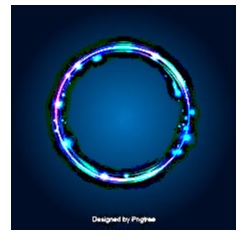PIL es la biblioteca de imágenes de Python que proporciona al intérprete de Python capacidades de edición de imágenes. El módulo ImageFilter contiene definiciones para un conjunto predefinido de filtros, que se pueden usar con el método Image.filter().
El método PIL.ImageFilter.UnsharpMask() aplica el filtro de máscara Unsahrp a la imagen de entrada.
Sintaxis: PIl.ImageFilter.UnsharpMask(radio=2, porcentaje=150, umbral=3)
Parámetros:
radio: Desenfoque
Porcentaje de radio: Intensidad de desenfoque , en porcentaje
umbral: El umbral controla el cambio de brillo mínimo que se enfocará
Consulte este enmascaramiento de desenfoque digital para obtener una explicación de los parámetros.
Imagen utilizada:

Python3
# Importing Image and ImageFilter module from PIL package from PIL import Image, ImageFilter # creating a image object im1 = Image.open(r"C:\Users\sadow984\Desktop\download2.JPG") # applying the unsharpmask method im2 = im1.filter(ImageFilter.UnsharpMask(radius = 3, percent = 200, threshold = 5)) im2.show()
Producción:

Python3
# Importing Image and ImageFilter module from PIL package from PIL import Image, ImageFilter # creating a image object im1 = Image.open(r"C:\Users\sadow984\Desktop\download2.JPG") # applying the unsharpmask method im2 = im1.filter(ImageFilter.UnsharpMask(radius = 4, percent = 500, threshold = 8)) im2.show()
Producción:

Python3
# Importing Image and ImageFilter module from PIL package from PIL import Image, ImageFilter # creating a image object im1 = Image.open(r"C:\Users\sadow984\Desktop\download2.JPG") # applying the unsharpmask method im2 = im1.filter(ImageFilter.UnsharpMask(radius = 5, percent = 500, threshold = 10)) im2.show()
Producción:

Publicación traducida automáticamente
Artículo escrito por ravikishor y traducido por Barcelona Geeks. The original can be accessed here. Licence: CCBY-SA